
Kudos has partnered with CardRatings and Red Ventures for our coverage of credit card products. Kudos, CardRatings, and Red Ventures may receive a commission from card issuers. Kudos may receive commission from card issuers. Some of the card offers that appear on Kudos are from advertisers and may impact how and where card products appear on the site. Kudos tries to include as many card companies and offers as we are aware of, including offers from issuers that don't pay us, but we may not cover all card companies or all available card offers. You don't have to use our links, but we're grateful when you do!
How to Build a Credit Card Stack: The Ultimate Guide to Maximizing Rewards in 2025
July 1, 2025

.webp)
What Is a Credit Card Stack?
A credit card stack is a strategic combination of 2-5 credit cards, each optimized for different spending categories, that work together to maximize your total rewards across all purchases. Instead of using one "general purpose" card for everything, you leverage multiple cards with complementary bonus categories to ensure every dollar you spend earns the highest possible return.
The average American leaves $1,270 in rewards on the table annually by using suboptimal cards. A well-built stack eliminates this waste by automatically routing each purchase to your highest-earning card.
The difference is substantial: Using a single 2% cash-back card on $50,000 annual spending earns $1,000. A properly optimized three-card stack on that same spending can earn $2,200-$2,800 in rewards—more than doubling your return with zero additional effort.
Why Build a Credit Card Stack in 2025?
Rewards Categories Have Evolved
Credit card issuers now offer hyper-specific bonus categories that didn't exist five years ago. You can earn 5-8x points on streaming services, ride-shares, grocery delivery apps, and digital subscriptions. Building a stack lets you capture these elevated rates across your actual spending patterns.
One Card Can't Cover Everything
No single card offers top-tier rewards across all categories. The best travel card might give you 5x on flights but only 1x on groceries. The best dining card could earn 4x at restaurants but nothing special on gas. A stack fills these gaps strategically.
Welcome Bonuses Multiply Value
Opening 2-3 cards over 12-18 months can generate $1,500-$3,000 in welcome bonuses alone—enough to fund a vacation or offset holiday spending. Strategic stacking times these bonuses with planned expenses like moving, renovations, or family events.
Automated Tools Make It Effortless
Tools like Kudos eliminate the mental overhead of remembering which card to use. The AI automatically recommends your highest-earning card at checkout across 15,000+ merchants, so you never leave rewards behind.
The 3-Tier Framework: Building Your Stack from Scratch
Foundation Tier: Your First Card
Start with one versatile card that covers the broadest spending and has no annual fee. This becomes your "everywhere else" card for purchases that don't fit bonus categories.
Best options:
- Flat-rate cash back: Citi Double Cash® Card (2% on everything), Capital One Quicksilver (1.5% on everything)
[[ SINGLE_CARD * {"id": "580", "isExpanded": "false", "bestForCategoryId": "15", "bestForText": "Everyday Spenders", "headerHint": "No Annual Fee"} ]]
- Flexible points: Chase Freedom Unlimited® (1.5x points + rotating 5% categories)
[[ SINGLE_CARD * {"id": "497", "isExpanded": "false", "bestForCategoryId": "15", "bestForText": "Cash Back Seekers", "headerHint": "Fantastic Cash Back Card"} ]]
Why it works: Eliminates decision fatigue early on. Even if you forget to optimize, you're still earning solid baseline rewards.
Growth Tier: Add 1-2 Category Specialists
Once your foundation is stable, add cards targeting your top 2-3 spending categories. Analyze three months of spending to identify where your money actually goes.
Common high-spend categories:
- Dining & Groceries: American Express® Gold Card (See Rates & Fees) (4x dining, 4x U.S. supermarkets on up to $25,000/year)
[[ SINGLE_CARD * {"id": "118", "isExpanded": "false", "bestForCategoryId": "15", "bestForText": "Frequent Travelers", "headerHint": "Generous Travel Rewards"} ]]
Terms apply to American Express benefits and offers. Enrollment may be required for select American Express benefits and offers. Visit americanexpress.com to learn more. Eligibility and Benefit level varies by Card. Terms, Conditions, and Limitations Apply. Please visit americanexpress.com/benefitsguide for more details. Underwritten by Amex Assurance Company.
- Travel: Chase Sapphire Preferred® Card (5x on Chase Travel, 3x dining, 2x general travel)
[[ SINGLE_CARD * {"id": "509", "isExpanded": "false", "bestForCategoryId": "15", "bestForText": "Frequent Travelers", "headerHint": "Exceptional Travel Value"} ]]
- Gas & Streaming: US Bank Cash+ Visa Signature Card (5% on 2 categories of choice up to $2,000/quarter)
[[ SINGLE_CARD * {"id": "2353", "isExpanded": "false", "bestForCategoryId": "15", "bestForText": "Cash Back Seekers", "headerHint": "No Annual Fee Card"} ]]
Pro tip: Choose cards that earn the same currency family when possible. Pairing Chase Sapphire Preferred with Chase Freedom Unlimited lets you pool points for bigger redemptions.
Optimization Tier: Premium Cards for High Spenders
If you spend $3,000+ monthly or travel frequently, premium cards ($250-$695 annual fees) can deliver outsized value through credits, lounge access, and elite status.
Add premium cards when:
- You can use at least 75% of the card's annual credits
- You travel 3+ times per year and value lounge access
- You spend enough in bonus categories to offset the fee (usually $40,000+ annually)
Premium powerhouses:
- Chase Sapphire Reserve® ($795 fee): $300 travel credit + Priority Pass lounges + 5x on Chase Travel
[[ SINGLE_CARD * {"id": "510", "isExpanded": "false", "bestForCategoryId": "15", "bestForText": "Frequent Travelers", "headerHint": "$300 Annual Travel Credit"} ]]
- American Express Platinum Card® (See Rates & Fees) ($895 fee): $200 airline credit + Centurion Lounge access + hotel elite status
[[ SINGLE_CARD * {"id": "106", "isExpanded": "false", "bestForCategoryId": "15", "bestForText": "Frequent Travelers", "headerHint": "Serious Points on Flights"} ]]
Terms apply to American Express benefits and offers. Enrollment may be required for select American Express benefits and offers. Visit americanexpress.com to learn more. Eligibility and Benefit level varies by Card. Terms, Conditions, and Limitations Apply. Please visit americanexpress.com/benefitsguide for more details. Underwritten by Amex Assurance Company.
- Capital One Venture X Rewards Credit Card ($395 fee): $300 travel credit + 10x on hotels and rentals
[[ SINGLE_CARD * {"id": "2888", "isExpanded": "true", "bestForCategoryId": "52", "bestForText": "Frequent Travelers", "headerHint" : "Luxurious Travel Benefits" } ]]
Building Your Stack: Step-by-Step
Step 1: Audit Your Spending (10 minutes)
Download three months of transactions from your checking account or credit card. Categorize spending into:
- Dining (restaurants, coffee, delivery apps)
- Groceries (supermarkets, warehouse clubs)
- Travel (flights, hotels, rental cars, ride-shares)
- Gas & transit
- Bills & subscriptions (streaming, phone, utilities)
- Everything else
Calculate the percentage of total spending in each category. Your stack should prioritize cards for categories that represent 15%+ of your spending.
Step 2: Map Cards to Your Top 3 Categories
Match your highest spending categories with cards that offer the best rewards in those areas. Aim for:
- Tier 1 coverage: 4x+ points or 4%+ cash back
- Tier 2 coverage: 2-3x points or 2-3% cash back
- Tier 3 baseline: 1.5x+ points or 1.5%+ cash back
Example stack for someone spending heavily on groceries, dining, and online shopping:
- Foundation: Chase Freedom Unlimited (1.5x everything + 5% rotating categories)
- Groceries + Dining: Amex Gold (4x both categories)
- Online shopping: Citi Custom Cash® Card (5% on top category up to $500/month)
[[ SINGLE_CARD * {"id": "2885", "isExpanded": "false", "bestForCategoryId": "15", "bestForText": "Cash Back Seekers", "headerHint": "Flexible Cash Back Card"} ]]
Step 3: Time Your Applications Strategically
Never apply for multiple cards simultaneously. Space applications 2-3 months apart to:
- Minimize impact on credit score (each application = small temporary dip)
- Meet minimum spending requirements comfortably
- Avoid triggering issuer velocity limits (Chase's 5/24 rule, Amex 2/90 rule)
Sample 12-month timeline:
- Month 1: Apply for foundation card
- Month 4: Apply for primary category card
- Month 7: Apply for secondary category card
- Month 12: Evaluate stack performance, consider premium card
Step 4: Activate and Automate
- Enable mobile wallets: Add all cards to Apple Pay/Google Pay for quick switching
- Set up autopay: Pay in full monthly to avoid interest (which destroys rewards value)
- Install Kudos browser extension: Automatically suggests highest-earning card at checkout across 15,000+ sites
- Track bonuses: Set calendar reminders for rotating category activations (Chase, Discover)
Step 5: Optimize Over Time
Review your stack quarterly:
- Are you using all cards enough to justify annual fees?
- Has your spending pattern shifted to new categories?
- Are there new cards with better bonus rates?
Downgrade, don't close: If a card isn't delivering value, downgrade to a no-fee version instead of closing. This preserves your credit history length.
Sample Credit Card Stacks for Different Lifestyles
The Beginner Stack (No Annual Fees)
Best for: First-time card users, students, minimalists
- Chase Freedom Unlimited: 1.5% everything + 5% rotating categories + 3% dining/drugstores
- Discover It Cash Back Credit Card: 5% rotating categories (doubled first year) + 1% everything else
- Annual value on $30,000 spending: ~$750-$900
- Annual fees: $0
[[ SINGLE_CARD * {"id": "821", "isExpanded": "false", "bestForCategoryId": "15", "bestForText": "Cash Back Seekers", "headerHint": "0 Annual Fee"} ]]
The Family Stack (Balanced)
Best for: Families with kids, heavy grocery + dining spending
- Chase Sapphire Preferred ($95 fee): 5x Chase Travel, 3x dining, 2x travel
- Amex Gold ($250 fee): 4x dining, 4x U.S. supermarkets (up to $25K/year)
- Chase Freedom Flex® ($0 fee): 5% rotating categories, 3% drugstores
- Annual value on $60,000 spending: ~$2,100-$2,400
- Net value after fees: $1,755-$2,055
[[ SINGLE_CARD * {"id": "2883", "isExpanded": "true", "bestForCategoryId": "52", "bestForText": "No-Fee Card Seekers", "headerHint" : "No Annual Fee" } ]]
The Traveler Stack (Premium)
Best for: Frequent travelers, business owners, high spenders
- Chase Sapphire Reserve ($795 fee): 10x hotels/cars (Chase), 5x air travel, 3x dining
- Amex Platinum ($895 fee): 5x flights (direct booking), airport lounge access, elite status
- Capital One Venture X ($395 fee): 10x hotels/rentals, 2x everything
- Annual value on $90,000 spending: ~$3,500-$4,200 in points + $1,100+ in credits/perks
- Net value after fees: $2,860-$3,560
The Cash Back Stack (Simple)
Best for: Maximalists who want pure cash, no travel hassle
- Citi Double Cash: 2% on everything (1% purchase + 1% payment)
- U.S. Bank Cash+: 5% on 2 categories (up to $2K/quarter each)
- Citi Custom Cash: 5% on top category monthly (up to $500)
- Annual value on $50,000 spending: ~$1,400-$1,700 cash back
- Annual fees: $0
Advanced Stacking Strategies
Category Calendar Method
Some cards have rotating 5% categories that change quarterly (Chase Freedom, Discover it). Build your stack to always have someone offering 5x in your top categories.
Q1-Q4 coverage example:
- Q1: Chase 5x on grocery stores
- Q2: Discover 5x on gas stations
- Q3: Chase 5x on dining
- Q4: Discover 5x on Amazon
Combined with fixed-category cards, you can achieve 4-5x earnings year-round on your top three spending areas.
Currency Consolidation
Build your stack within the same points ecosystem to unlock better redemptions:
- Chase ecosystem: Pair Sapphire Preferred/Reserve + Freedom Unlimited + Ink Business Cash® Credit Card. Pool all points into Sapphire for 1.25-1.5¢ per point travel redemptions (or transfer to airline partners at 1:1).
[[ SINGLE_CARD * {"id": "1099", "isExpanded": "true", "bestForCategoryId": "52", "bestForText": "Small Business Owners", "headerHint" : "Maximize Cash Back" } ]]
- Amex ecosystem: Combine Gold + Amex EveryDay Preferred Credit Card + American Express® Business Gold Card. Consolidate into one Membership Rewards account for flexible transfers to 20+ airline/hotel partners.
[[ SINGLE_CARD * {"id": "2287", "isExpanded": "false", "bestForCategoryId": "15", "bestForText": "Frequent Travelers", "headerHint": "3x on Purchases at U.S. Supermarkets"} ]]
[[ SINGLE_CARD * {"id": "111", "isExpanded": "true", "bestForCategoryId": "52", "bestForText": "Business Owners", "headerHint" : "Versatile Business Tool" } ]]
Terms apply to American Express benefits and offers. Enrollment may be required for select American Express benefits and offers. Visit americanexpress.com to learn more. Eligibility and Benefit level varies by Card. Terms, Conditions, and Limitations Apply. Please visit americanexpress.com/benefitsguide for more details. Underwritten by Amex Assurance Company.
Why it works: 100,000 points across three separate cash-back programs = $1,000. Those same points in a transfer program can be worth $1,500-$2,500 for business class flights or luxury hotels.
Annual Fee ROI Formula
Only add an annual fee card if it passes this test:
(Annual rewards earned - rewards from no-fee alternative) > (Annual fee - usable credits)
Example: Amex Gold ($250 fee, $120 Uber credit, $120 dining credit)
- You earn 4x on $12,000 dining = 48,000 points ($960 at 2¢/point)
- No-fee card would earn 1.5x = 18,000 points ($360)
- Difference: $600 in extra rewards
- Net fee: $250 - $240 in usable credits = $10
- ROI: $600 - $10 = $590 annual profit ✅
Welcome Bonus Timing
Maximize sign-up bonuses by timing applications around planned large expenses:
- Moving or home improvement? Target cards with $3K-$5K spend requirements
- Holiday shopping season? Stack 2-3 cards with Nov-Dec approval to hit bonuses during sales
- Wedding or big trip? Open cards 3-4 months before to naturally meet spend
Common Mistakes to Avoid
1. Over-stacking Too Quickly
Opening 4+ cards in six months tanks your credit score and makes meeting minimum spending requirements impossible. Stick to 2-3 cards in your first year.
2. Chasing Bonuses You Can't Afford
Never manufacture spending just to earn a bonus. If a card requires $5,000 spend in three months and your natural spending is $3,000, skip it. Interest charges and fees destroy any bonus value.
3. Ignoring Annual Fee Cards
Many beginners avoid annual fees instinctively. But a $95 card that earns $400 more in rewards is $305 better than a free card earning less. Run the math—don't rule out fees by default.
4. Keeping Unused Cards Active Without Strategy
Having 8 cards in your wallet is counterproductive if you only use 3. Downgrade or cancel cards you haven't used in 6+ months (except for credit history preservation).
5. Not Tracking Category Caps
Many bonus categories have annual or quarterly limits (e.g., "4x on up to $25,000 per year" or "5% on up to $1,500 per quarter"). Once you hit the cap, rewards drop to 1x. Know your limits and switch cards accordingly.
Tools to Manage Your Stack
Kudos: Automated Card Selection
Rather than memorizing which card earns best at which store, let Kudos handle it automatically. The browser extension analyzes your cards and recommends the highest-earning option at checkout across 15,000+ merchants.
Key features:
- Real-time card recommendations based on your actual cards
- Flash Boost events that multiply rewards 2-5x at specific merchants
- Tracks your credit score and spending patterns
- Free to use—no hidden fees
How it helps your stack: You never miss bonus categories or forget which card to use. Kudos ensures every online purchase goes on your optimal card, maximizing your stack's earning potential without mental overhead.
Category Tracker Spreadsheet
Build a simple Google Sheet with:
- Column 1: Spending category
- Column 2-5: Earning rate per card in that category
- Highlighted cells showing your best card per category
Update quarterly when bonus categories rotate. This 10-minute setup prevents thousands in lost rewards annually.
Mobile Wallet Strategy
Add all cards to Apple Pay or Google Pay, ordered by usage frequency:
- Most-used category card (front position)
- Second-most category card
- Everywhere-else card (fallback)
This makes in-store card switching effortless—just double-tap and swipe to select.
Frequently Asked Questions
Will having multiple credit cards hurt my credit score?
No—responsible use of multiple cards often improves your score by:
- Lowering overall credit utilization (more available credit across cards)
- Increasing average account age over time
- Demonstrating diverse credit management
The temporary 5-10 point dip from hard inquiries recovers within 3-6 months. As long as you pay on time and keep utilization under 30%, multiple cards help more than hurt.
How many cards should I have in my stack?
- Beginners: Start with 1-2 cardsIntermediate: 3-4 cards covers most spending optimally
- Advanced: 5-7 cards for maximum category coverageDiminishing returns: Beyond 8 cards, additional complexity outweighs marginal gains
Most people find 3-4 cards to be the sweet spot—enough to cover major categories without overwhelming tracking requirements.
Should I close cards I'm not using?
Generally no, especially if they're older accounts. Closing cards reduces your available credit (raising utilization) and eventually shortens your credit history. Instead:
- Downgrade to no-fee versions
- Make a small purchase every 6 months to keep accounts active
- Only close if annual fees outweigh benefits and no downgrade option exists
What's the 5/24 rule and how does it affect my stack?
Chase's 5/24 rule denies applications if you've opened 5+ personal credit cards (any issuer) in the past 24 months. If you want Chase cards (Sapphire, Freedom, etc.), get them first before opening cards from other issuers.
How do I decide between cash back and points?
Choose cash back if:
- You rarely travel or prefer simplicity
- You want guaranteed 1:1 redemption value
- You dislike researching point transfer partners
Choose points if:
- You travel 2+ times per year
- You're willing to learn transfer partner sweet spots
- You want 1.5-3¢+ per point redemption value
Hybrid approach: Use cash-back cards for everyday spending + one travel card for flight/hotel category bonuses.
Can I have cards from the same issuer in my stack?
Yes—in fact, staying within one issuer's ecosystem often maximizes value. Chase, Amex, and Capital One all allow multiple cards and let you pool points across products. Just be aware of issuer-specific rules (Chase 5/24, Amex 2/90, etc.).
Conclusion: Your Next Steps
Building a credit card stack isn't about hoarding plastic—it's about strategic optimization that turns everyday spending into meaningful rewards. Whether you start with two no-fee cards or gradually build toward a five-card premium stack, the key is matching your cards to your actual spending patterns and using tools that eliminate guesswork.
Start today:
- Audit your last three months of spending (10 minutes)
- Identify your top 2-3 spending categories
- Choose one new card that maximizes your biggest category
- Install Kudos to automate card selection going forward
Over the next 12 months, a well-built stack can generate $1,200-$3,000 in additional rewards—money you were already spending anyway, now working harder for you.

Supercharge Your Credit Cards
Experience smarter spending with Kudos and unlock more from your credit cards. Earn $20.00 when you sign up for Kudos with "GET20" and make an eligible Kudos Boost purchase.
Editorial Disclosure: Opinions expressed here are those of Kudos alone, not those of any bank, credit card issuer, hotel, airline, or other entity. This content has not been reviewed, approved or otherwise endorsed by any of the entities included within the post.
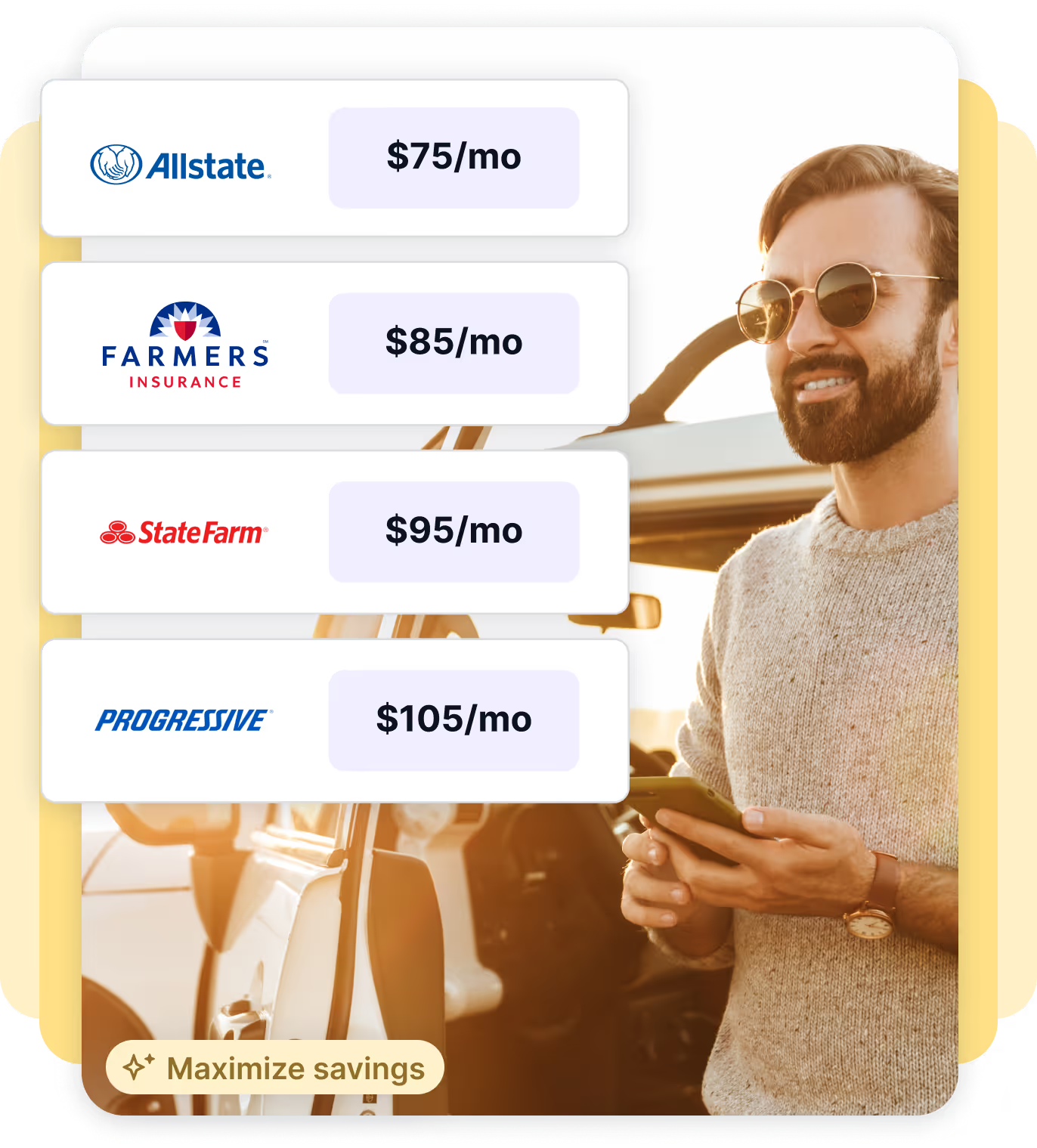

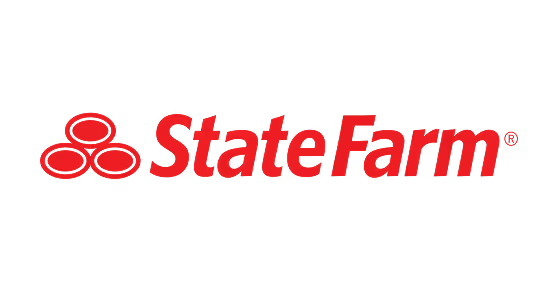
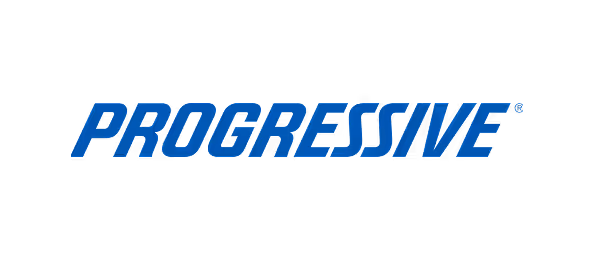




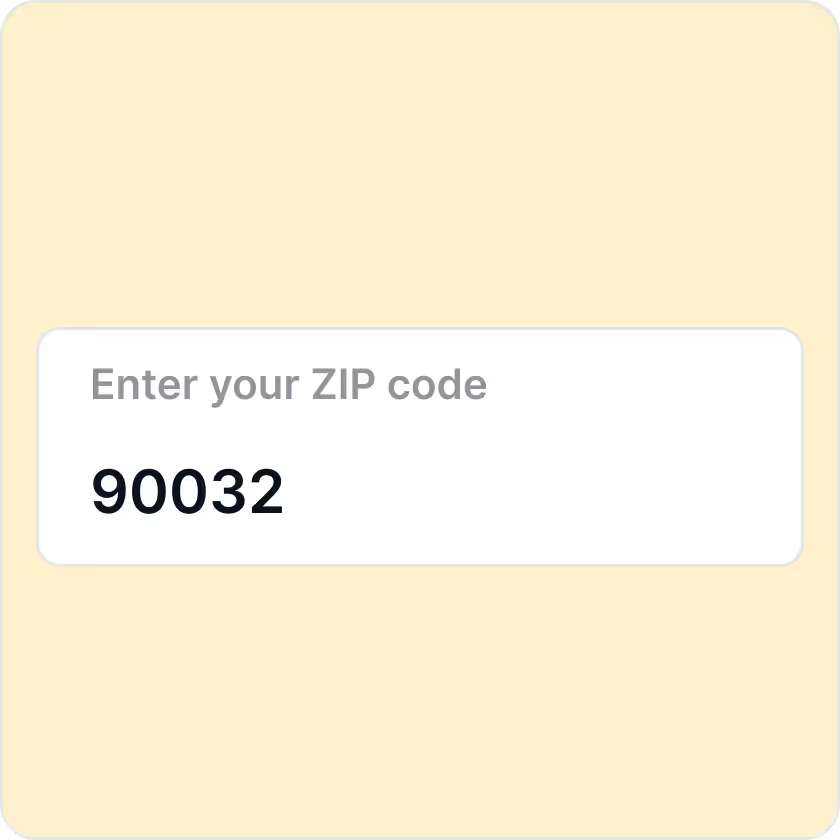

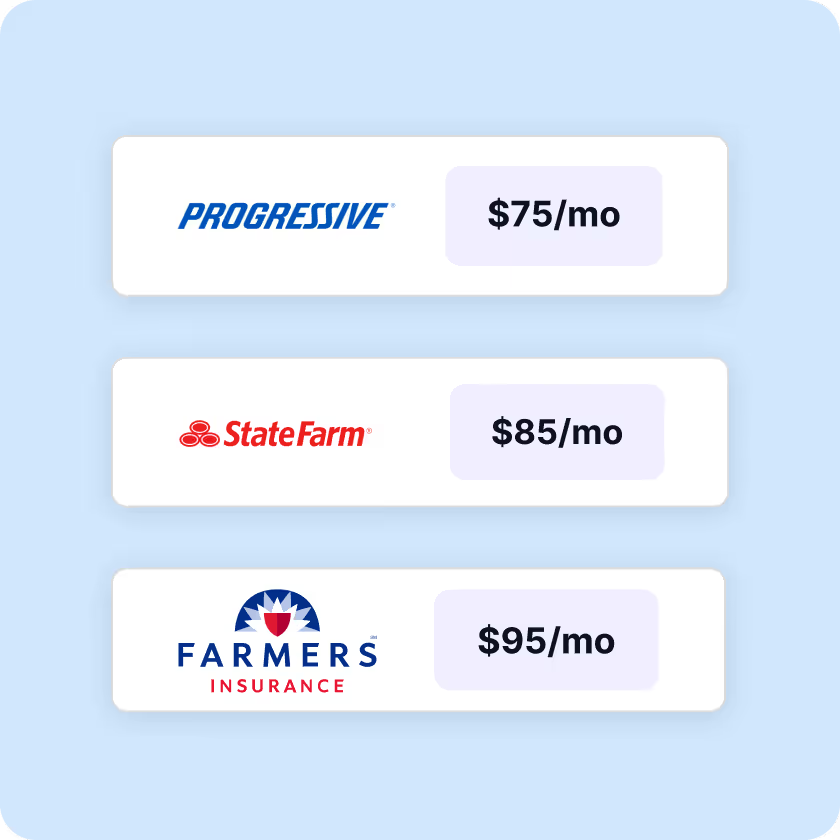



.webp)














.webp)
.webp)
.webp)
.webp)

.webp)
.webp)
.webp)